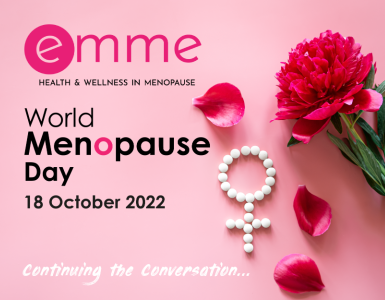What would you give to feel three decades younger? Many of us spend a fortune on lotions and potions, including cosmetic treatments, in the pursuit of turning back the clock.
But now, scientists say they may have found the secret – skin cell rejuvenation
A 53 year old woman has had her skin cells rejuvenated so that they’re now equivalent to that of a 23 year old!
Sadly a long way away from being made available to the masses, but it’s an exciting prospect, nonetheless. So, how have they done it?
Based on the 25 year old technology used to clone the now famous Dolly the Sheep, Cambridge based researchers have published their findings in the journal eLife. They say the science is in its infancy with “several scientific issues to overcome before it could move out of the lab and into the clinic”. It’s thought that these issues include an increased risk of certain cancers.
Lead researcher, Professor Wolf Reik from the Babraham Institute in Cambridge told the BBC that despite this, “demonstrating for the first time that cell rejuvenation is possible was a critical step forward” and that he “hoped that the technique could eventually be used to keep people healthier for longer as they grow older”.
“We have been dreaming about this kind of thing. Many common diseases get worse with age and to think about helping people in this way is super exciting.”
Professor Reik and his team believe that the same can be done with other tissues in the human body, potentially turning back the clock inside as well as outside
The end goal for the team is to develop treatments for age-related diseases such as diabetes, heart disease and neurological disorders.
Since the era of Dolly the Sheep, the technology has grown somewhat. Developed at the Roslin Institute near Edinburgh, a mammary gland cell was taken from an adult sheep and placed into a sheep embryo that grew to become Dolly – a clone of the adult sheep.
Dolly really was an aside, as the aim wasn’t to clone animals, or humans, but to create human embryonic stem cells. Stem cells are capable of becoming any tissue from muscle to nerve cells to replace tired, damaged or injured body parts.
The process was simplified by Japanese scientists in 2006, forming a process called IPS. Even so, the use of stem cells is limited due to the difficulties in encouraging them to grow into the required tissues.
Professor Reik and the team in Cambridge used the IPS technique, but shortened it, on the 53 year old’s skin cells. They were astonished to find not stem cells, but skin cells that “looked and behaved as if they came from a 23 year old”.
Research scientist Dr Dilgeet Gill told BBC News, “I remember the day I got the results back and I didn’t quite believe that some of the cells were 30 years younger than they were supposed to be. It was a very exciting day!”
Professor Reik says he’s “confident that now it’s known that it is possible to rejuvenate cells, his team could find an alternative, safer method”
“The long-term aim is to extend the human health span, rather than the lifespan, so that people can get older in a healthier way.”
“Some of the first applications could be to develop medicines to rejuvenate skin in older people in parts of the body where they have been cut or burned – as a way to speed up healing.”
Researchers have demonstrated that this is possible in principle by showing that their rejuvenated skin cells move more quickly in experiments simulating a wound. Next, they plan to see if it could help regenerate muscle, liver and blood cells.
Executive chairman of the Biotechnology and Biological Sciences Research Council, Professor Melanie Welham, says, “If similar approaches or new therapies could rejuvenate immune cells, which we know become less responsive as we age, then in the future it might be possible to boost people’s response to vaccination as well as their ability to fight infections.”
















